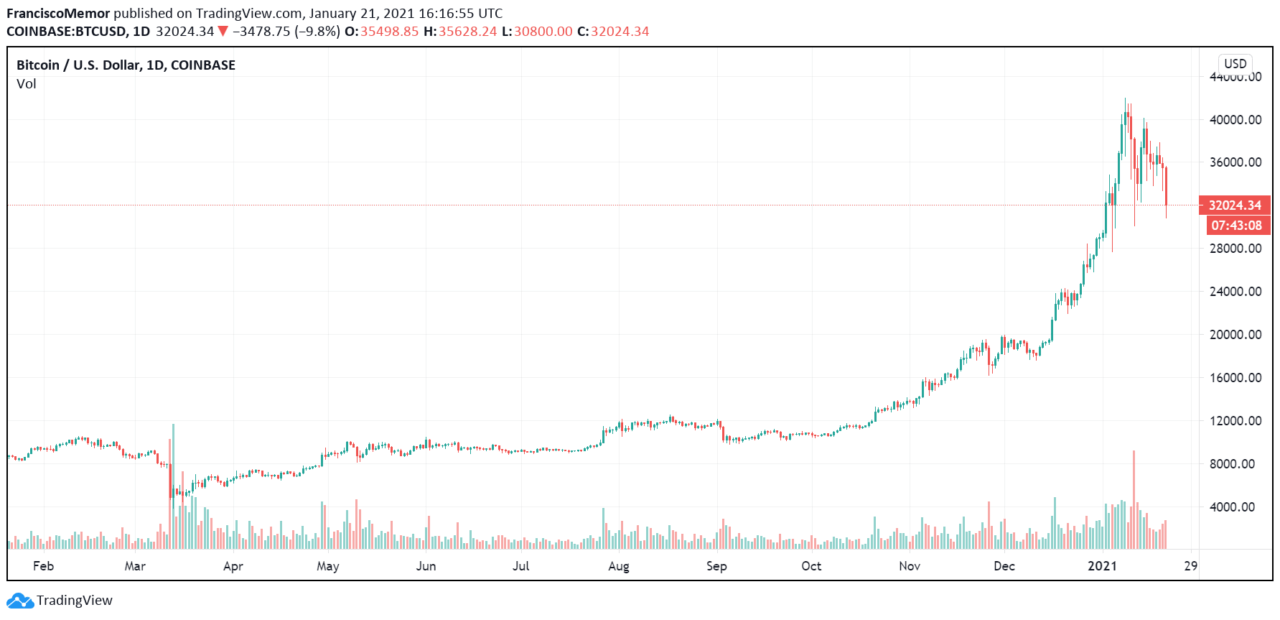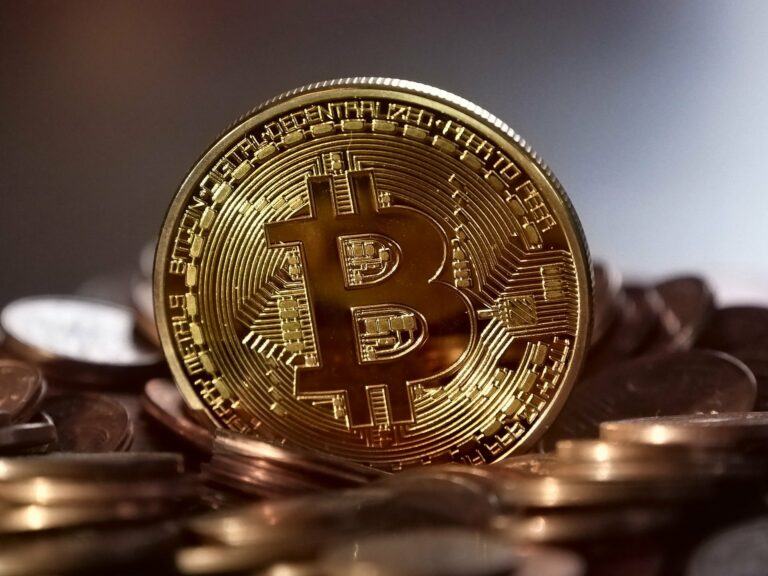Bitcoin solves the Byzantine Generals problem to ensure trustless consensus and stood out among previous attempts to launch a digital currency by solving the double-spend problem: ensuring no more than 21 million BTC will ever exist and preventing someone from simply copy and pasting BTC to have more funds.
A report published by CoinTelegraph this week suggested that a $22 worth of BTC double-spend had been spotted, implying the same 0.00062063 BTC had been spent twice on the Bitcoin blockchain. If a double-spend was possible on Bitcoin, trust was as such broken and the cryptocurrency’s value would, as such, be worthless.
Panic has seemingly taken over as the price of BTC has plunged by more than 11% over the last 24 hours to $31,300 at press time, seemingly reacting to the report.

The article was based on information from BitMEX Research, which initially speculated the transaction could have indeed been a double-spend, but later on revealed that “on closer inspection” it was “likely to an instance of RBF 8replace-by-fee], where the lower fee transaction won.”
What indeed happened, however, was not a double-spend and was instead the Bitcoin blockchain working exactly as it was supposed to, as laid out on its original whitepaper published by Satoshi Nakamoto 12 years ago.
Andreas Antonopoulos, the author of “Mastering Bitcoin” clarified on social media what happened. Over a series of tweets, Antonopoulos revealed it was indeed a chain reorganization from the Bitcoin blockchain, a “common occurrence that is part of Bitcoin’s normal operation.”
Per his words, these reorganizations are common n Proof-of-Work (PoW) blockchains. He explained that when two blocks are mined “almost simultaneously” they compete for the same height, which means they both have the same parent block in the blockchain.
In the long run, however, only one of these blocks can succeed. As a block is mined every 10 minutes, only 10 minutes later would another block be mined with one of those competing blocks is its parent block.
Reorganizations containing a single block, he said, happen every couple of weeks on average, and reorganization with two blacks happen “maybe a few times a year.” Transactions included in the discarded block, he said, are either included in the valid block, or the nodes move it back into the memory pool as “unconfirmed” so it can be added to another block.
This means that while a double-spend can temporarily occur, the very nature of Bitcoin’s blockchain means it will be corrected once a new block is found. Once the reorganization happens, the funds were only spent once.
Per Antonopoulos, the $22 transaction was found in two competing blocks as two competing transactions. Some vendors would accept the transaction after one confirmation (one block) for being such a small amount, but larger amounts would require more confirmations.
Antonopoulos concluded that “nothing weird or outside the consensus algorithm happened.” What happened, he said, is on page 8 of the Bitcoin whitepaper. Satoshi Nakamoto himself predicted that the chance of a block being discarded from a reorganization “drops off exponentially” as more blocks are added to the blockchain.
WizSec Bitcoin Research, an account controlled by software developer Kim Nilsson, reaffirmed that two “competing transactions being mined into two competing blocks is literally the situation the whitepaper describes Bitcoin handling gracefully.”
They added that a successful double-spend – in which the same BTC would be spent twice without a reorganization discarding the invalid transaction – would be a critical failure of BTC.
Featured image via Pixabay.









